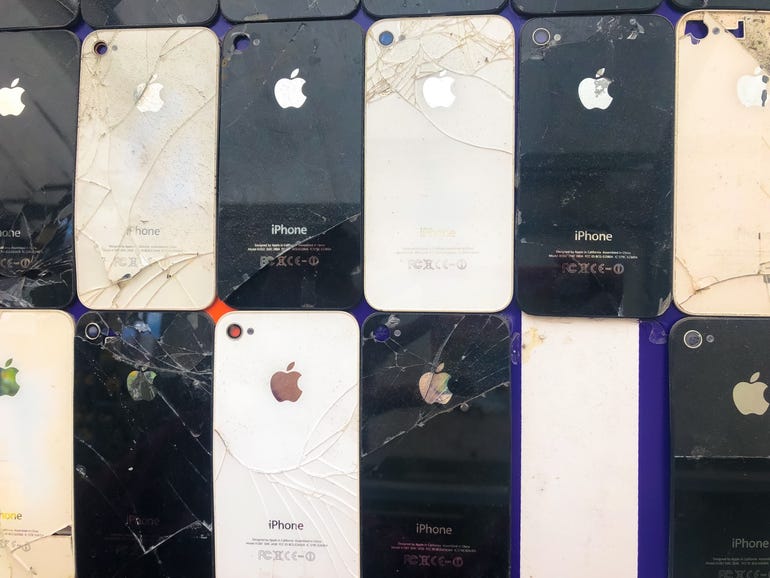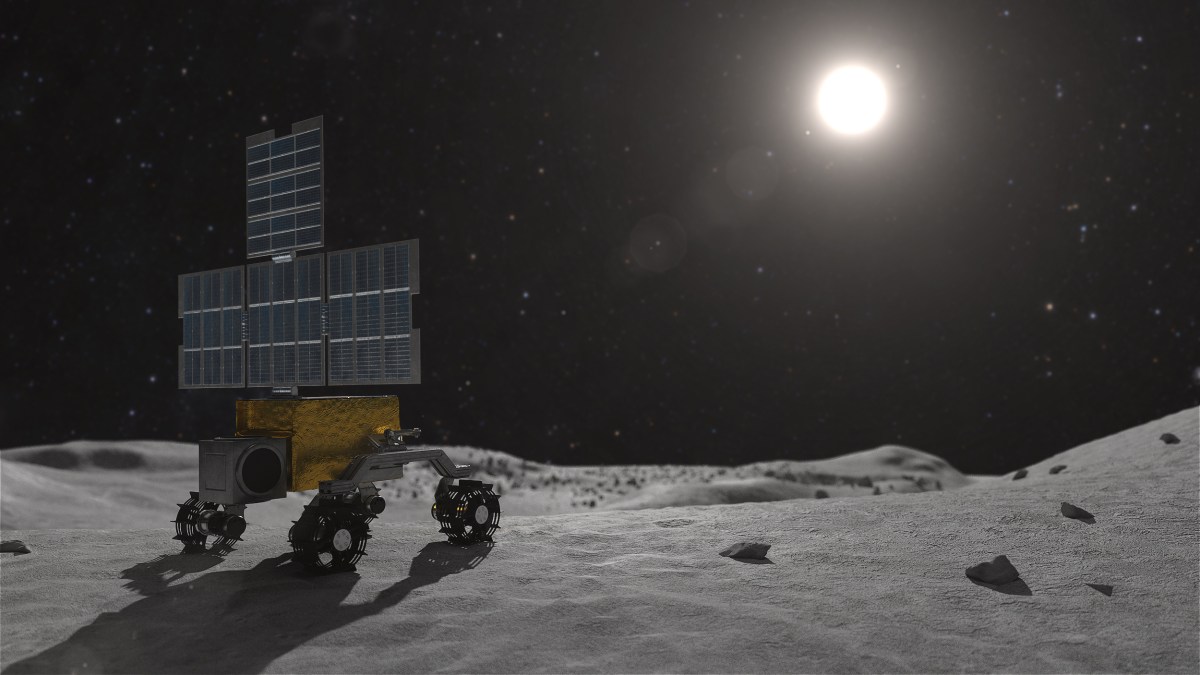We’re facing a colossal Apple environmental timebomb
iPhones
. Estimates suggest that it sold a whopping 85 million during the final quarter of 2021.
iPhones
.
And Apple’s been selling a lot of iPhones for quite some time now.
Pulling some estimates for the numbers of iPhones sold — Apple doesn’t disclose unit sales anymore — we can safely assume that over the course of the last five years, Apple has sold over a billion iPhones, give or take a few tens of millions.
Let that sink in.
A billion.
And sales are on an upward trajectory, increasing yearly.
What can we safely say about that pile of one billion iPhones sold over the past five years?
It’s a safe bet that pretty much all of them are going to be dead in under ten years. Probably less than that, closer to six years.
Also: Best green phone: Sustainable and eco-friendly phones
This means that over the next few years, a billion iPhones are going to need to be dealt with.
Processed.
Broken down.
Recycled.
The remaining waste disposed of properly.
And this billion will be followed by another billion, and another billion.
There’s no sign of the iPhone juggernaut slowing down.
Apple spends a lot of time talking about its green credentials. Not an event goes by where Apple doesn’t talk about how much it loves Mother Nature and cares for the environment, but I’d like some solid information about how Apple plans to deal with this massive pile of rotting iPhones.
Because it’s not going to be cheap, and while the Apple of today can greenwash all it wants, there needs to be a roadmap — and perhaps ring-fenced cash — to deal with this monumental mountain of an issue down the line.
And a billion iPhones is a massive pile.
A billion of most things is big.
If each iPhone was the size and weight of a grain of rice, you’re looking at a pile measuring 30 m3 and weighing close to 25 tons.
A billion iPhones weigh about 200,000 tons.
That’s the equivalent of two Nimitz-class aircraft carriers.
200,000 tons of electronic devices densely packed with batteries and electronics and precious minerals and glass and metal.
Stuff that needs to be handled, processed, recycled, and whatever remains disposed of properly.
Also: Most eco-friendly smartphone? Apple vs Samsung in the race against e-waste
And it’s not just the end of the life of the device that needs to be taken into consideration. Mining the materials, manufacturing, distribution, and everything else associated with it also takes has an impact. There’s a lot that goes into the making of your favorite electronic gizmo that goes beyond disposing of it responsibly.
We’ve not begun to tackle e-waste in any sensible way whatsoever. We’re starting to, but the scale of the problem and how that problem is going to continue growing year on year isn’t being addressed.
Every tech gadget you buy today is subsidized. That subsidy is the overlooking of the environmental and recycling costs that will have to be paid for in the future.
We’re not paying this subsidy in the here and now, but rest assured that it’s a score that will have to be settled at some point in the future.
As one of the companies that are benefitting the most from selling e-gadgets, Apple needs to be spearheading greater responsibility in the tech industry. This is not to say that Apple isn’t doing a lot of good. It is eliminating hazardous materials, using renewable energy, making devices easier to recycle.
But it could do more.
Apple could also do more to keep devices running and working for longer. In fact, making devices that last longer could be the single most important action Apple could take to reducing e-waste.
Apple is banking some monumental cashflows thanks to the iPhone. Some of that cash absolutely needs to be going towards making sure we’re not sacrificing tomorrow to have cool gadgets today.
Apple has become good at making iPhones. It now needs to become good at unmaking them.




